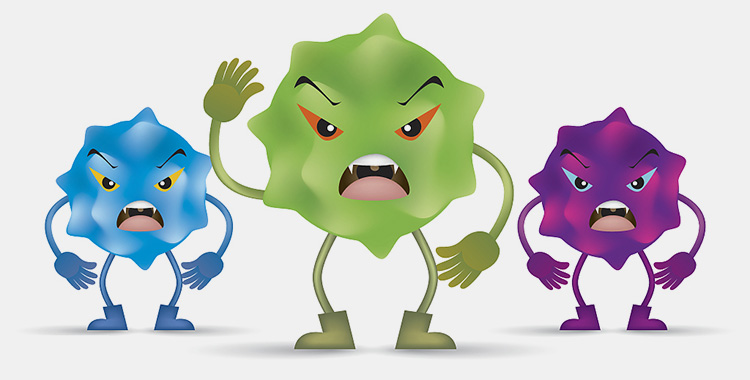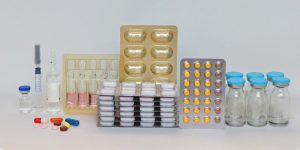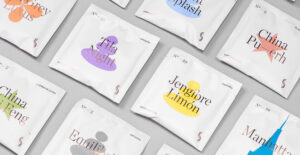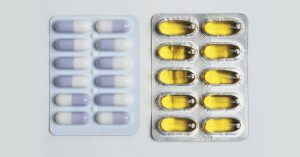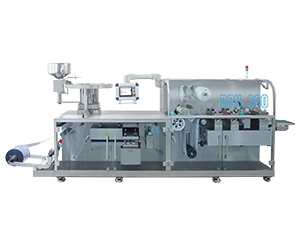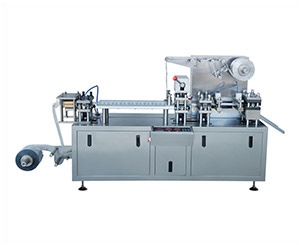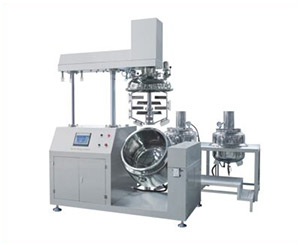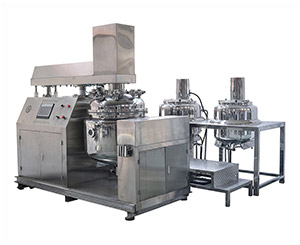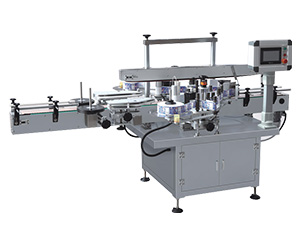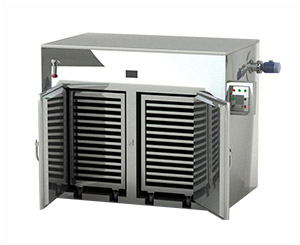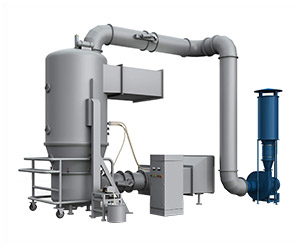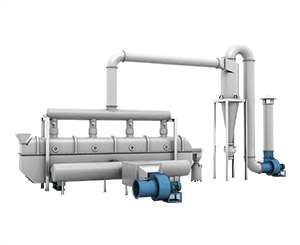Multinational Drug Companies Keep Entering As The Big Needs For Rare Disease Drugs
The rare disease market has a large unmet clinical need, both in China and overseas. Data shows that the global rare disease market has continued to heat up in recent years, with the market for rare disease drugs reaching US$135.1 billion in 2020, and is expected to reach US$383.3 billion by 2030, with a compound annual growth rate of 11%.
Faced with the huge market potential, more and more multinational pharmaceutical companies are now entering the market.
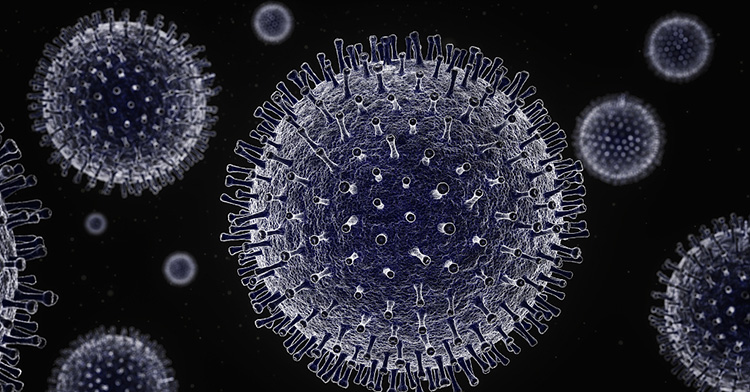
In September 2021, Merck Sharp & Dohme, for example, acquired the pharmaceutical company Acceleron for US$11 billion. According to information, Acceleron is a clinical-stage biopharmaceutical company that focuses on the development of anti-cancer drugs and orphan drugs for rare diseases. The acquisition also marks a significant move for Mercer in the rare disease sector.
Apart from Merck Sharp & Dohme, multinational drug companies are making increasingly aggressive moves in the rare disease sector. For example, in August 2021, Roche Pharmaceuticals spent US$3 billion on a multi-target strategic partnership and licensing agreement with Shape Therapeutics to jointly develop gene therapy drugs for specific targets in the areas of Alzheimer's disease, Parkinson's disease and rare diseases.
In December 2020, AstraZeneca acquired Alexion, a rare disease company, for US$39 billion; in February 2019 April 2018, Roche Pharmaceuticals acquires gene therapy pioneer Spark for $4.3 billion; and Takeda Pharmaceuticals acquires rare disease company Char for $65 billion in April 2018, among others.
Pfizer is also reportedly early in the rare disease treatment landscape, with its main orphan drug Vyndaqel (tafamidis) for transthyretin-related familial amyloid polyneuropathy (ATTR). Currently, Pfizer has marketed rare disease products in three main areas: haemophilia, transthyretin amyloid polyneuropathy and adult wild-type or hereditary transthyretin amyloid cardiomyopathy.
Novartis is a very large drug company in the rare disease sector, with data showing that it held 11.3% of the orphan drug market in 2018. Its main orphan drug, Tafinlar (dabrefenib), is a B-Raf inhibitor for the treatment of patients with advanced melanoma carrying the BRAFV600E or V600K mutation, either alone or in combination with trametinib; in combination with trametinib, it can also treat patients with metastatic non-small cell carcinoma carrying the BRAFV600E mutation. lung cancer patients.
Bristol-Myers Squibb, as an early multinational pharmaceutical company in the field of rare diseases, has also been making moves in rare disease research and development in recent years. For example, in December 021, the FDA approved Bristol-Myers Squibb's Orencia (abatacept) for the prevention of acute graft-versus-host disease (aGVHD);
In February 2021, Bristol-Myers Squibb and Sutro Biopharma (STRO.US) received orphan drug designation from the FDA for their co-developed product, CC-99712 therapy, for the treatment of multiple myeloma, among others.
While multinational pharmaceutical companies are scrambling to enter the rare disease drug market, the domestic market has also continued to increase its support for rare disease drugs. For example, in May 2018, the country announced the First Batch of Rare Diseases Catalogue, including 121 rare diseases; and in September 2021, the China Rare Diseases Definition Study Report 2021 was released, which clarified the definition of rare diseases.
The industry said that although there is currently no rare disease certification for drug development in China, relevant policies have been introduced one after another to encourage the development of drugs for rare diseases: for example, to obtain priority review: the review time limit has been changed from 200 days to 130 days, of which the review time limit for rare disease drugs that have been listed outside of China in urgent clinical need is 70 days;
One can apply for the Review and Approval Working Procedures for New Drugs Outside of China in Urgent Clinical Need, and rare disease drugs listed outside of China The review and approval procedure for drugs for rare diseases that are listed outside of China can be applied for.
Driven by the favorable policies, the domestic rare disease drug market has also started to develop continuously. Data show that in 2016 and 2020, China's rare disease drug market accounted for 0.4% and 1.0% of the global rare disease market respectively, and it is expected that the domestic orphan drug market size may reach US$6.4 billion in 2025.
Don't forget to share this post!
Blister Packaging Machine Related Posts
Blister Packaging Machine Related Products
Blister Packaging Machine Related Videos
CONTACT US
Tell us your raw material and project budget to get quotations within 24 hours.
WhatsApp Us: +86 181 6426 8586

Want the best price & newest pharmaceutical machinery buying guide,tips and trends sent straightly to your box?Sign up for Aipak’s monthly newsletter,we’re free for your consultation and Offer you the most suitable solutions!
The Buyer's Guide
- Capsule Filling Buyer's Guide
- Blister Packaging Buyer's Guide
- Tablet Counting Buyer's Guide
- Tube Filling Buyer's Guide
- Cartoning Buyer's Guide
- Gummy Making Buyer's Guide
- CO2 Extraction Buyer's Guide
- Empty Capsules Buyer's Guide
- Suppository Filling Buyer's Guide
- Tablet Coating Buyer's Guide
- Tablet Press Buyer's Guide
- Softgel Encapsulation Buyer's Guide
Most Popular
- 7 Importance Of Pharmaceutical Packaging In Different Applications You Must Know
- 6 Advantages You Must Know About Tablet Counting Machine
- 8 Advantages of Blister Packaging You Must Know
- 6 Critical Applications of Automatic Capsule Filling Machine
- 6 Stations You must Know to Improve the Filling Quality of Automatic Capsule Filling Machine




